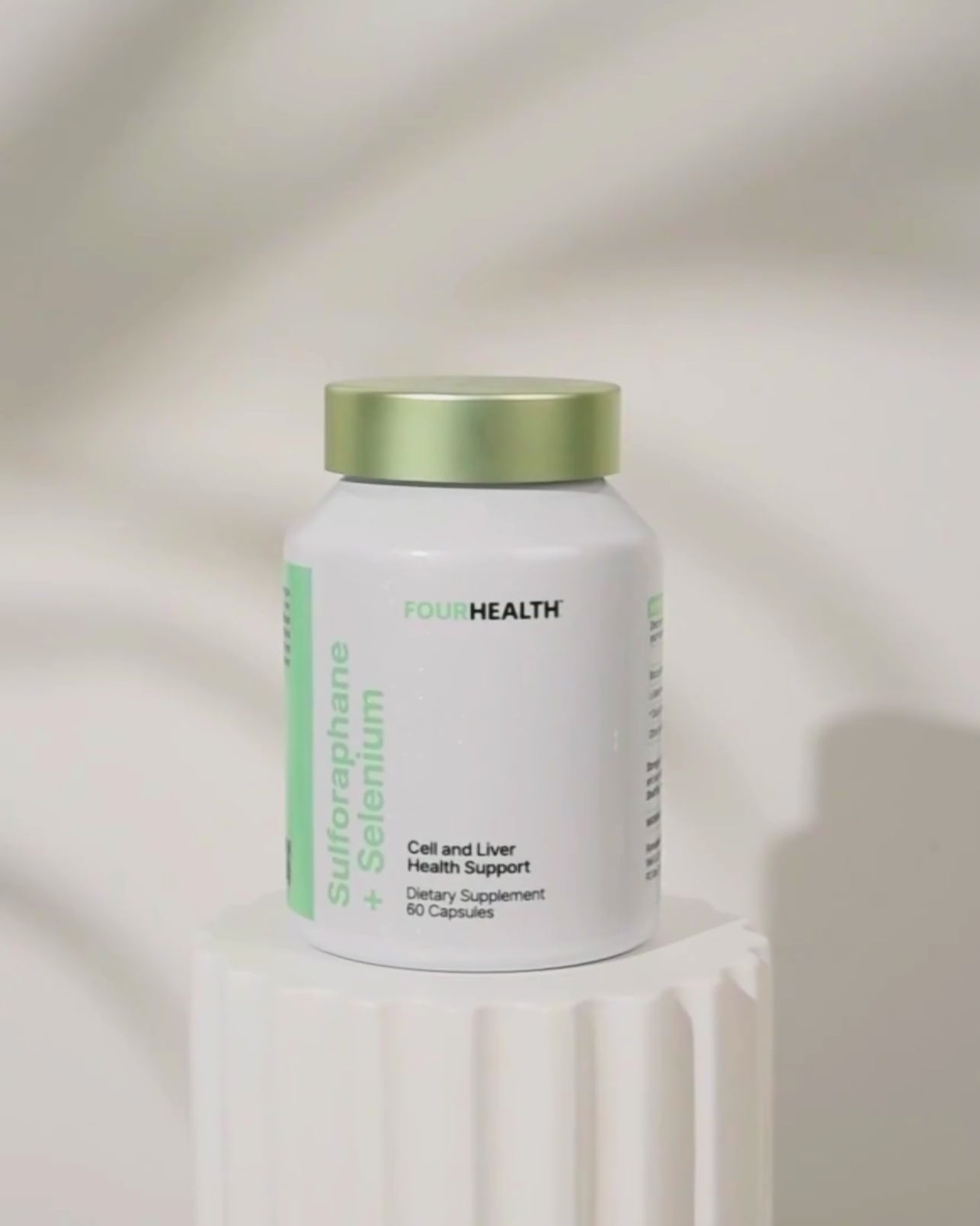Moving on from the holiday season, we thought it’d be helpful to highlight a few key studies on how Sulforaphane (the active compound in Green+) can support Phase II Liver detoxification. It doesn’t have to be the silly season to feel the benefits of an optimally functioning liver. You’ll have more energy, sleep better, have more clarity and less brain fog, and hangovers will be less intense too.
Check out some of the best studies on Sulforaphane below:
Antioxidant dietary approach in treatment of fatty liver: New insights and updates
World J Gastroenterol. 2017 Jun 21; 23(23): 4146–4157
Studies on in vitro and animal models have demonstrated that broccoli sulforaphane can mitigate some of the effects produced by inducers of inflammation and cell damage, such as carcinogens, toxins and ROS. The proposed molecular mechanism involves the inhibition of enzymes responsible for reactions related to oxidation, reduction and hydrolysis (i.e., cytochrome P450 enzymes), and the induction of antioxidant and detoxification enzymes (i.e., quinone reductase, thioredoxin reductase 1, and heme oxygenase 1.)
As a consequence, dietary supplementation with the sulforaphane precursor glucoraphanin represents a potent method for improving liver function and for maintaining good liver condition.
Broccoli sprout extract induces detoxification-related gene expression and attenuates acute liver injury
World J Gastroenterol. 2015 Sep 21; 21(35): 10091–10103.
The purpose of this study was to investigate the effects of broccoli sprout extract (BSEx) on liver gene expression and acute liver injury in the rat. First, the effects of BSEx on liver gene expression were examined. Male rats were divided into two groups. The Control group was fed the AIN-76 diet, and the BSEx group was fed the AIN-76 diet containing BSEx. After a 10-d feeding period, the effects of BSEx on acute liver injury were examined. In experiments using acute liver injury models, 1000 mg/kg acetaminophen (APAP) or 350 mg/kg D-galactosamine (D-GalN) was used to induce injury. The level of GSH and liver GST activity were significantly increased in the APAP + BSEx group compared with the APAP group. We demonstrated that BSEx protected the liver from various types of xenobiotic substances through induction of detoxification enzymes and glutathione synthesis.

Sulforaphane ameliorates ethanol plus carbon tetrachloride-induced liver fibrosis in mice through the Nrf2-mediated antioxidant response and acetaldehyde metabolization with inhibition of the LPS/TLR4 signaling pathway
J Nutr Biochem. 2021 Mar; 89:108573. doi: 10.1016
Alcoholic liver disease (ALD)-related fibrosis results from a variety of mechanisms including the accumulation of acetaldehyde, reactive oxygen species, and hepatic overload of endogenous lipopolysaccharide (LPS). Sulforaphane, a phytochemical found in cruciferous vegetables, activates nuclear factor erythroid 2-related factor 2 (Nrf2) and exerts anticancer, antidiabetic, and antimicrobial effects. Sulforaphane treatment induced the activity of acetaldehyde-metabolising mitochondrial aldehyde dehydrogenase in HepaRG cells and suppressed the acetaldehyde-induced proliferation and profibrogenic activity in LX-2 cells with upregulation of Nrf2-regulated antioxidant genes, including HMOX1, NQO1, and GSTM3. Furthermore, sulforaphane treatment blunted hepatic exposure of gut-derived LPS and suppressed hepatic toll-like receptor 4 signalling pathway. Taken together, these results suggest sulforaphane as a novel therapeutic strategy in ALD-related liver fibrosis.






